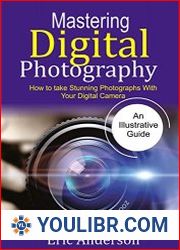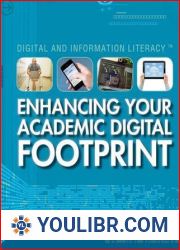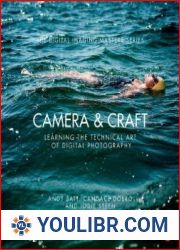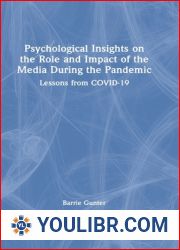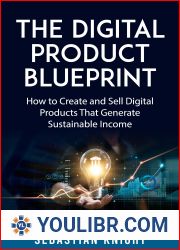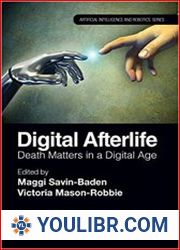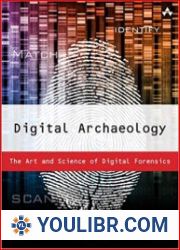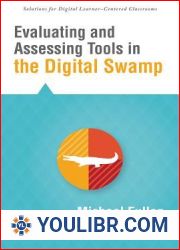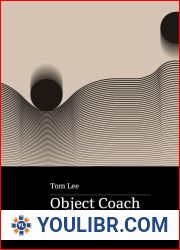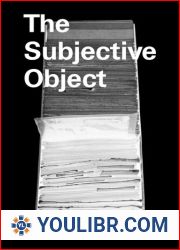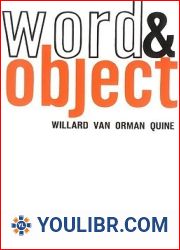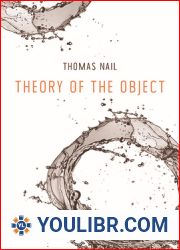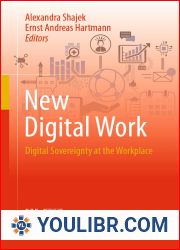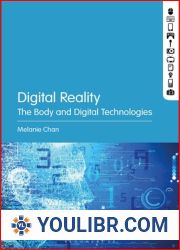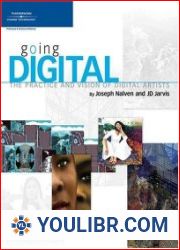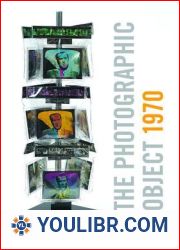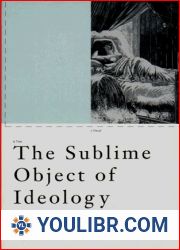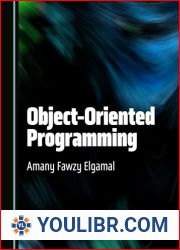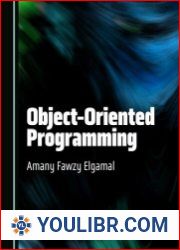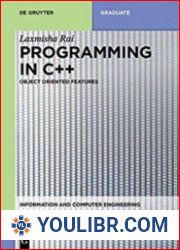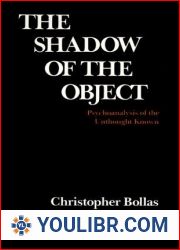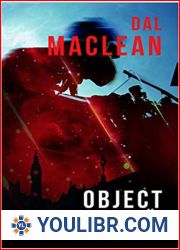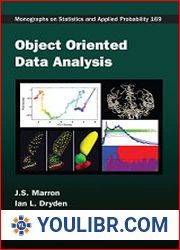
BOOKS - Museum Object Lessons for the Digital Age

Museum Object Lessons for the Digital Age
Author: Haidy Geismar
Year: August 15, 2018
Format: PDF
File size: PDF 4.8 MB
Language: English

Year: August 15, 2018
Format: PDF
File size: PDF 4.8 MB
Language: English

The book 'Museum Object Lessons for the Digital Age' by Haidy Geismar presents a thought-provoking exploration of the challenges museums face when displaying digital objects, and the need to question our assumptions about the nature of these objects and the material and social foundations of digital art practices. The book is divided into four chapters, each focusing on a different object: a box, a pen, an effigy, and a cloak. In the introduction, Geismar examines the legacies of older forms of media and earlier museum practices of collection, and critiques contending theories of knowledge production in museums as they relate to digital projects. She then takes readers on a journey through a variety of objects from ethnographic and decorative arts collections, bespoke digital experiments, and even the Google Art Project, revealing what these objects can teach us about both the past and the future of digital collection and display. Chapter one, "The Box," delves into the history of museum collecting and the ways in which digital technology has disrupted traditional notions of ownership and authenticity. Geismar argues that the box, as a symbol of containment and preservation, can help us understand the tensions between the physical and digital realms of museums. In chapter two, "The Pen," Geismar explores the role of writing instruments in the development of modern knowledge, highlighting the importance of the materiality of the object and its relationship to the hand of the artist.
В книге Хейди Гейсмара «Уроки музейных объектов для эпохи цифровых технологий» («Museum Object ssons for the Digital Age») представлено вызывающее размышления исследование проблем, с которыми сталкиваются музеи при отображении цифровых объектов, а также необходимость подвергнуть сомнению наши предположения о природе этих объектов и материальных и социальных основах цифровых художественных практик. Книга разделена на четыре главы, каждая из которых фокусируется на отдельном предмете: коробке, ручке, чучеле и плаще. Во введении Гейсмар исследует наследие старых форм медиа и более ранних музейных практик коллекционирования, а также критикует теории производства знаний в музеях, поскольку они связаны с цифровыми проектами. Затем она проводит читателей в путешествие по разнообразным объектам из коллекций этнографического и декоративного искусства, заказным цифровым экспериментам и даже Google Art Project, раскрывая, чему эти объекты могут научить нас как о прошлом, так и о будущем цифровой коллекции и экспозиции. Глава первая, «Ящик» углубляется в историю музейного коллекционирования и в то, как цифровые технологии нарушили традиционные представления о собственности и подлинности. Гейсмар утверждает, что коробка, как символ сдерживания и сохранения, может помочь нам понять напряженность между физическим и цифровым сферами музеев. В главе второй «Перо» Гейсмар исследует роль пишущих инструментов в развитии современного знания, подчеркивая важность материальности объекта и его отношения к руке художника.
livre de Heidi Geismar intitulé « Museum Object ssons for the Digital Age » présente une étude réfléchie des défis auxquels sont confrontés les musées dans l'affichage des objets numériques, ainsi que la nécessité de remettre en question nos hypothèses sur la nature de ces objets et les fondements matériels et sociaux des pratiques artistiques numériques. livre est divisé en quatre chapitres, chacun se concentrant sur un sujet distinct : une boîte, un stylo, une peluche et un manteau. Dans son introduction, Geismar explore l'héritage des anciennes formes de médias et des pratiques muséales antérieures de la collection, et critique les théories de la production de connaissances dans les musées en ce qui concerne les projets numériques. Elle emmène ensuite les lecteurs dans un voyage à travers une variété d'objets des collections d'art ethnographique et décoratif, des expériences numériques commandées et même Google Art Project, révélant ce que ces objets peuvent nous apprendre à la fois sur le passé et sur l'avenir de la collection et de l'exposition numériques. premier chapitre, « La Boîte », s'intéresse à l'histoire de la collection des musées et à la façon dont les technologies numériques ont violé les notions traditionnelles de propriété et d'authenticité. Geismar affirme que la boîte, en tant que symbole du confinement et de la conservation, peut nous aider à comprendre les tensions entre les sphères physique et numérique des musées. Dans le chapitre 2 de la Plume, Geismar explore le rôle des instruments d'écriture dans le développement de la connaissance moderne, soulignant l'importance de la matérialité de l'objet et de son rapport à la main de l'artiste.
libro de Heidi Geismar «cciones de objetos de museo para la era digital» presenta un estudio reflexivo de los desafíos que enfrentan los museos al mostrar objetos digitales, así como la necesidad de cuestionar nuestras suposiciones sobre la naturaleza de estos objetos y los fundamentos materiales y sociales de las prácticas artísticas digitales. libro se divide en cuatro capítulos, cada uno centrado en un tema distinto: una caja, una pluma, una efigie y un manto. En la introducción, Geismar explora el legado de las viejas formas de los medios y las prácticas museográficas anteriores del coleccionismo, y también critica las teorías de producción de conocimiento en los museos, ya que están relacionadas con proyectos digitales. A continuación, lleva a los lectores a recorrer una variedad de objetos de las colecciones de artes etnográficas y decorativas, experimentos digitales personalizados e incluso el Proyecto de Arte de Google, revelando lo que estos objetos pueden enseñarnos tanto sobre el pasado como sobre el futuro de la colección y exposición digital. Capítulo uno, «The Box» profundiza en la historia del coleccionismo museístico y en cómo las tecnologías digitales han roto las nociones tradicionales de propiedad y autenticidad. Geismar sostiene que la caja, como símbolo de contención y conservación, puede ayudarnos a entender las tensiones entre las esferas física y digital de los museos. En el capítulo dos, «Pluma», Geismar explora el papel de los instrumentos de escritura en el desarrollo del conocimiento moderno, destacando la importancia de la materialidad del objeto y su relación con la mano del artista.
''
Heidi Geismar'ın "Dijital Çağ için Müze Nesnesi Dersleri'adlı kitabı, müzelerin dijital nesneleri sergilemede karşılaştıkları zorlukların yanı sıra, bu nesnelerin doğası hakkındaki varsayımlarımızı ve dijital sanat uygulamalarının maddi ve sosyal temellerini sorgulama ihtiyacını ortaya koyuyor. Kitap, her biri ayrı bir konuya odaklanan dört bölüme ayrılmıştır: bir kutu, bir kalem, bir korkuluk ve bir pelerin. Girişte Geismar, eski medya biçimlerinin ve daha önceki müze toplama uygulamalarının mirasını araştırıyor ve dijital projelerle ilgili olarak müzelerdeki bilgi üretimi teorilerini eleştiriyor. Daha sonra okuyucuları etnografik ve dekoratif sanat koleksiyonlarından, özel dijital deneylerden ve hatta Google Art Project'ten çeşitli nesnelerle bir yolculuğa çıkarıyor ve bu nesnelerin bize dijital koleksiyon ve ekranın hem geçmişi hem de geleceği hakkında neler öğretebileceğini ortaya koyuyor. Birinci Bölüm, "Kutu", müze koleksiyonculuğunun tarihine ve dijital teknolojinin geleneksel mülkiyet ve özgünlük kavramlarını nasıl bozduğuna değiniyor. Geismar, kutunun, çevreleme ve korumanın bir sembolü olarak, müzelerin fiziksel ve dijital alanları arasındaki gerilimi anlamamıza yardımcı olabileceğini savunuyor. "The Pen'adlı ikinci bölümde Geismar, bir nesnenin maddeselliğinin ve onun sanatçının eliyle olan ilişkisinin önemini vurgulayarak, modern bilginin gelişiminde yazı araçlarının rolünü araştırıyor.
يقدم كتاب هايدي جيزمار «دروس كائن المتحف للعصر الرقمي» دراسة مثيرة للتفكير حول التحديات التي تواجهها المتاحف في عرض الأشياء الرقمية، فضلاً عن الحاجة إلى التشكيك في افتراضاتنا حول طبيعة هذه الأشياء والأسس المادية والاجتماعية ممارسات الفن الرقمي. ينقسم الكتاب إلى أربعة فصول، يركز كل منها على موضوع منفصل: صندوق، وقلم، وفزاعة، وعباءة. في المقدمة، يستكشف جيزمار إرث الأشكال القديمة من وسائل الإعلام وممارسات جمع المتاحف السابقة، وينتقد نظريات إنتاج المعرفة في المتاحف من حيث صلتها بالمشاريع الرقمية. ثم تأخذ القراء في رحلة عبر مجموعة متنوعة من الأشياء من المجموعات الفنية الإثنوغرافية والزخرفية والتجارب الرقمية المخصصة وحتى مشروع Google Art Project، وتكشف عما يمكن أن تعلمنا إياه هذه الأشياء عن كل من ماضي ومستقبل المجموعة الرقمية والعرض. الفصل الأول، «الصندوق» يتعمق في تاريخ جمع المتاحف وكيف عطلت التكنولوجيا الرقمية المفاهيم التقليدية للملكية والأصالة. يجادل جيزمار بأن الصندوق، كرمز للاحتواء والحفظ، يمكن أن يساعدنا في فهم التوتر بين المجالين المادي والرقمي للمتاحف. في الفصل الثاني، «القلم»، يستكشف جيزمار دور آلات الكتابة في تطوير المعرفة الحديثة، مؤكداً على أهمية الأهمية المادية للكائن وعلاقته بيد الفنان.

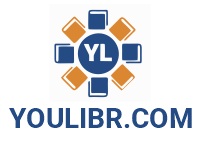





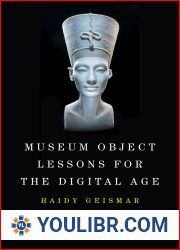
 49
49  3 TON
3 TON

